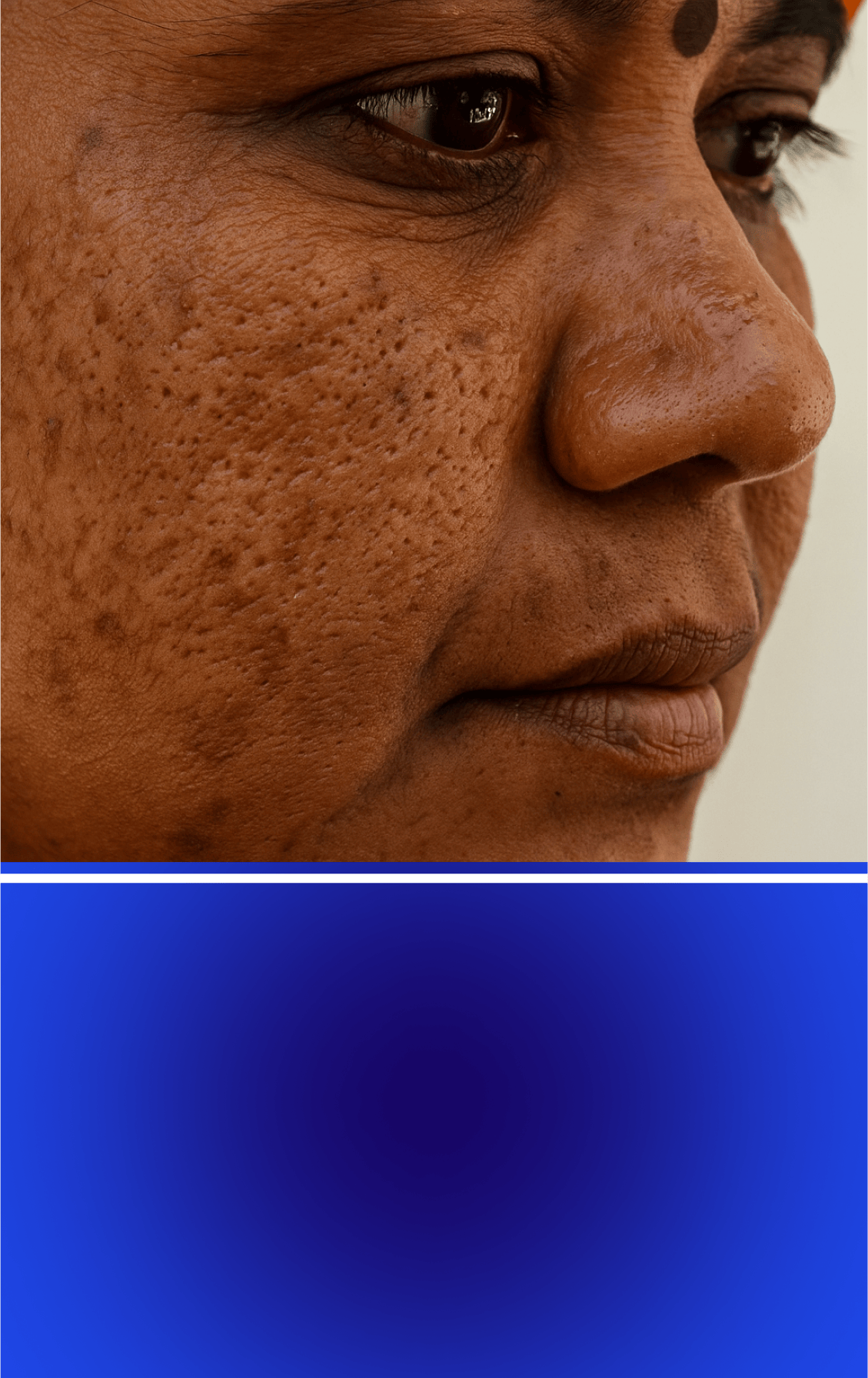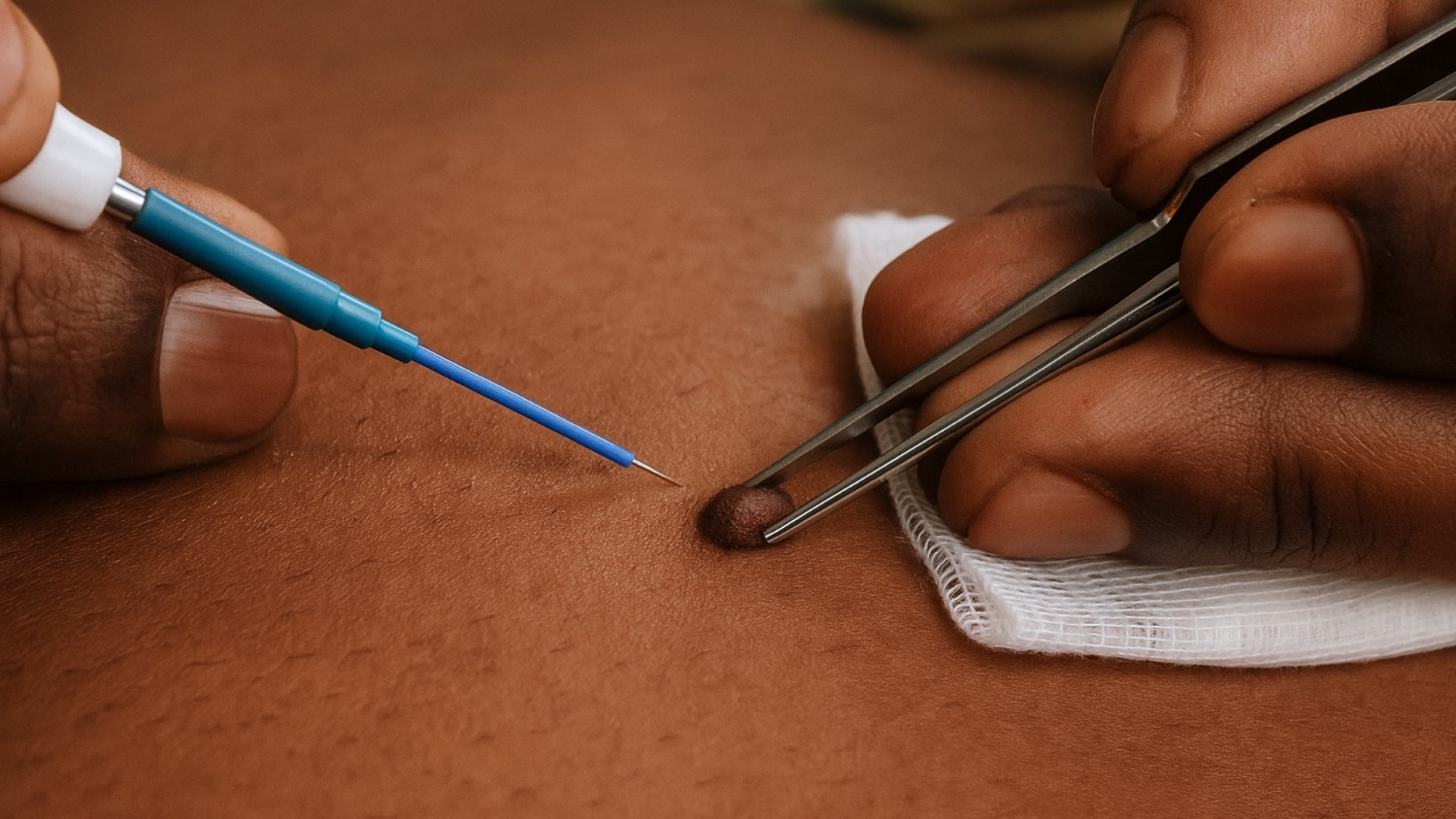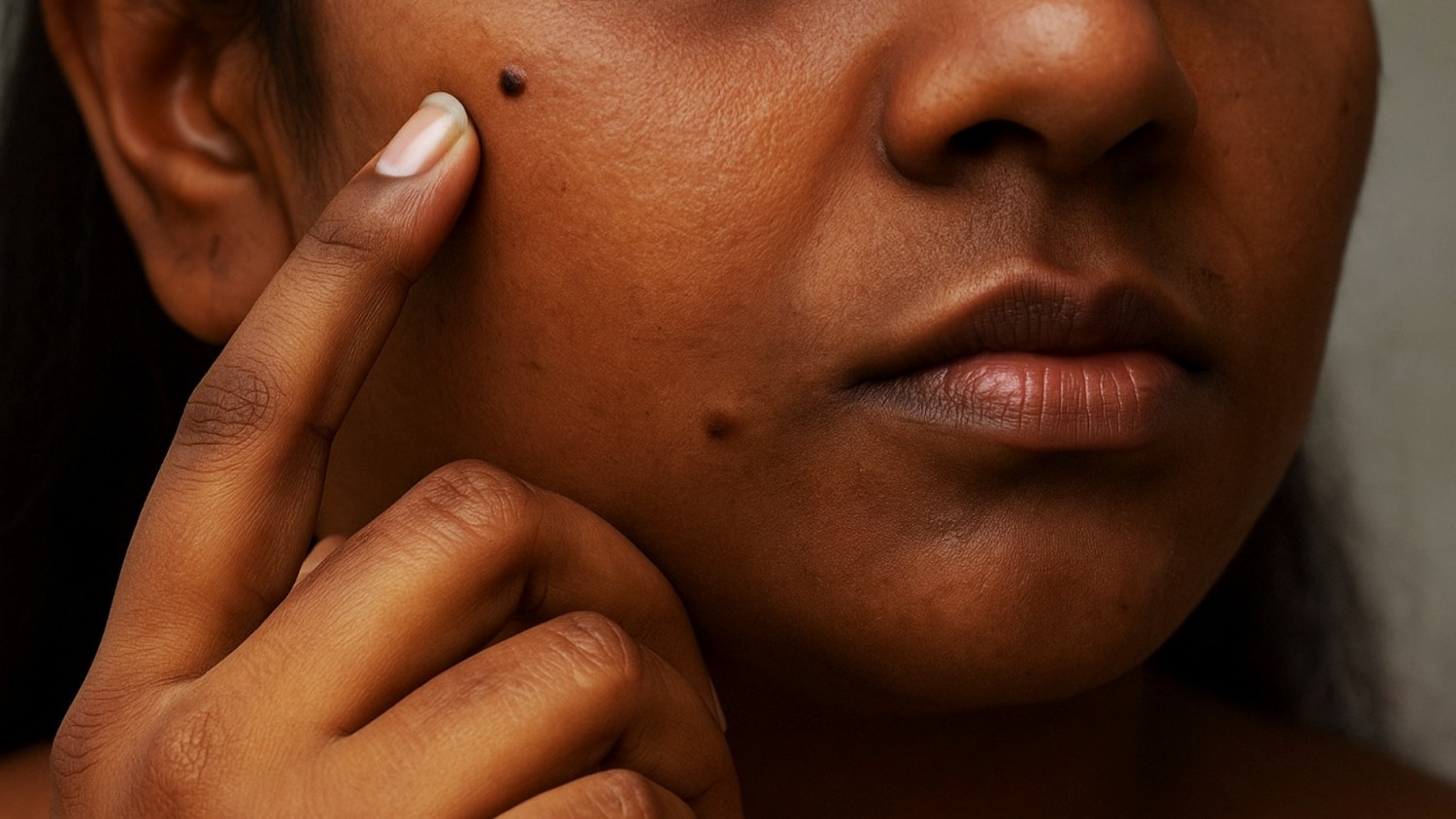Acne scars can stay long after the breakouts are gone, leaving behind uneven skin texture that can affect how you look and how you feel about yourself. It’s normal to feel discouraged when skincare routines don’t seem to smooth those marks; many people experience the same struggle. In fact, research shows that up to 47% of individuals with acne develop some form of scarring.
Among the most effective options for improving these scars are Platelet-Rich Plasma (PRP) therapy and microneedling. Both treatments encourage your skin to heal naturally by stimulating collagen production, but they do so in different ways. When combined, they can deliver even more noticeable and long-lasting results.
In Chennai’s humid climate, where factors such as heat, pollution, and sun exposure can make scar management more challenging, selecting the right treatment plan becomes particularly important. This guide explains how PRP and microneedling work, compares their effectiveness, and explores why combining them often gives the best outcome for smoother, healthier-looking skin.
Key Takeaways
- PRP and microneedling both enhance collagen production to improve acne scars, with microneedling focusing on texture and PRP supporting tissue healing and repair.
- Using PRP together with microneedling enhances results, speeds recovery, and provides noticeable improvement for rolling and boxcar scars.
- Effective treatment usually requires four to six sessions spaced three to four weeks apart, with improvements continuing for several months.
- Ice pick scars respond minimally and may require additional procedures, while rolling and boxcar scars exhibit the most noticeable changes.
- Personalised treatment plans tailored to the type, severity, and condition of the scar provide the best outcomes.
What Is PRP Treatment?
Platelet-Rich Plasma (PRP) therapy taps into your body's natural healing abilities to repair damaged skin. The process starts when your doctor draws about 10 millilitres of your blood, similar to a routine blood test.
How PRP Works
The blood sample goes into a centrifuge, which spins it at high speed to separate its components. This process concentrates your platelets to levels four to five times higher than normal, often reaching 800,000 to 900,000 platelets per microliter.
These concentrated platelets are packed with growth factors stored in tiny granules. When applied to your skin, they release powerful proteins, including:
- Platelet-derived growth factor (PDGF) – Signals your cells to multiply and repair.
- Transforming growth factor-beta (TGF-β) – helps control inflammation and tissue growth.
- Vascular endothelial growth factor (VEGF) – Creates new blood vessels for better healing.
- Epidermal growth factor (EGF) – Speeds up skin cell renewal.
The Healing Process
Once these growth factors reach your scarred tissue, they get to work. They tell your fibroblasts (the cells that make collagen) to kick into high gear, producing more collagen and elastin in your dermis. This gradually fills in those depressed scars from underneath, bringing them closer to your normal skin level.
What Is Microneedling?
Microneedling, also known as percutaneous collagen induction therapy, utilises a device with fine needles to create tiny, controlled punctures in the skin. These aren't random injuries; they're strategic, precise, and designed to trigger your body's repair response.
Types of Devices
Two main device types are used in professional treatments:
- Derma rollers – These have a cylindrical drum covered with needles. As it rolls across your skin, the needles create micro-channels at a consistent depth.
- Derma pens – These motorised devices stamp needles vertically into your skin with adjustable depth control. They offer more precision, especially in delicate areas like the nose or under the eyes.
Professional treatments use needle depths ranging from 0.5 millimetres for surface concerns to up to 2.5 millimetres for deeper scarring.
Within hours of your treatment, your body releases inflammatory signals that tell it to start repairs. Over the next few days and weeks, specialised cells called fibroblasts move to the treated area and begin producing new collagen fibres. This collagen production, called neocollagenesis, continues for several months after your session.
PRP vs Microneedling for Acne Scars, Which Works Better?
Both PRP and microneedling are proven to improve acne scars, but they don’t deliver results in the same way or at the same pace. If you’re deciding between the two, the key differences lie in how quickly results appear, how deep the scars are, and how well your skin heals.
In short, Microneedling alone is generally more effective at visibly reducing scar depth and texture irregularities, because it physically remodels collagen. PRP alone delivers gentler, more gradual improvements in skin tone, healing speed, and post-inflammatory pigmentation.
For deeper or mixed-type scars, dermatologists often recommend combining the two, which is where results typically peak.
What Makes the Combination More Effective?
While microneedling stimulates collagen on its own, combining it with PRP enhances the effect in several ways:
- Deeper penetration of growth factors into the skin, where scars form.
- Faster healing and reduced redness compared to microneedling alone.
- Higher-quality collagen production leads to smoother results.
- Better improvement in rolling and boxcar scars, which respond well to both treatments.
When PRP and microneedling are used in combination, they produce more consistent and enhanced results compared to either treatment used alone.
Clinical evidence supports this approach. A review of 14 controlled studies involving 472 patients found that individuals receiving PRP immediately after microneedling were nearly three times more likely to experience more than a 50% improvement in scar depth and texture compared to those who received microneedling alone.
Why the Combination is More Effective
Microneedling creates micro-injuries in the skin, which stimulates the body’s natural wound-healing response. This triggers the production of collagen and elastin, helping to lift depressed acne scars gradually. PRP is rich in concentrated growth factors (such as PDGF, TGF-β, and VEGF) that further support tissue repair and regeneration.
When PRP is applied immediately after microneedling, these growth factors penetrate the skin more effectively via the micro-channels created during the procedure. This results in faster healing, improved collagen formation, and reduced inflammation.
It's also important to remember that the success of this combination also depends on how it is performed. Consider consulting with experts like Dr Janani Sree C.M. at Velantis, an experienced MD dermatologist who personally conducts each procedure, ensuring precise techniques and medically supervised results.
Patient Profiles That Benefit Most
This treatment combination is especially suitable for patients who:
- Have moderate to severe atrophic acne scars.
- Have not achieved satisfactory results from previous treatments.
- Present with multiple scar types in the same area.
While each method has its own merits, the combination of PRP and microneedling provides a synergistic effect, improving both the speed and quality of skin remodelling. This makes it an evidence-based choice for patients looking to reduce the appearance of acne scars in a safe and medically supervised setting.
Also Read: PRP Treatment Cost and Benefits in Chennai
Types of Acne Scars Treated
Not all acne scars look or behave the same. The three main types of atrophic scars respond differently to treatment, which influences what you can realistically expect from them.
1. Ice Pick Scars

These are the narrow, deep scars that resemble your skin being punctured with a sharp tool. They measure less than 2 millimetres wide but extend deep into your dermis.
- Treatment Response: Ice pick scars are the most challenging to treat with PRP and microneedling. They show minimal improvement, typically around 10%, because they're too narrow for needles to effectively reach the base. Research shows these scars lack the tethering at the deeper skin junction that other treatments target, making techniques like TCA CROSS or punch excision more effective.
If you primarily have ice pick scars, your dermatologist will likely recommend combining PRP and microneedling with other procedures for optimal results.
2. Boxcar Scars
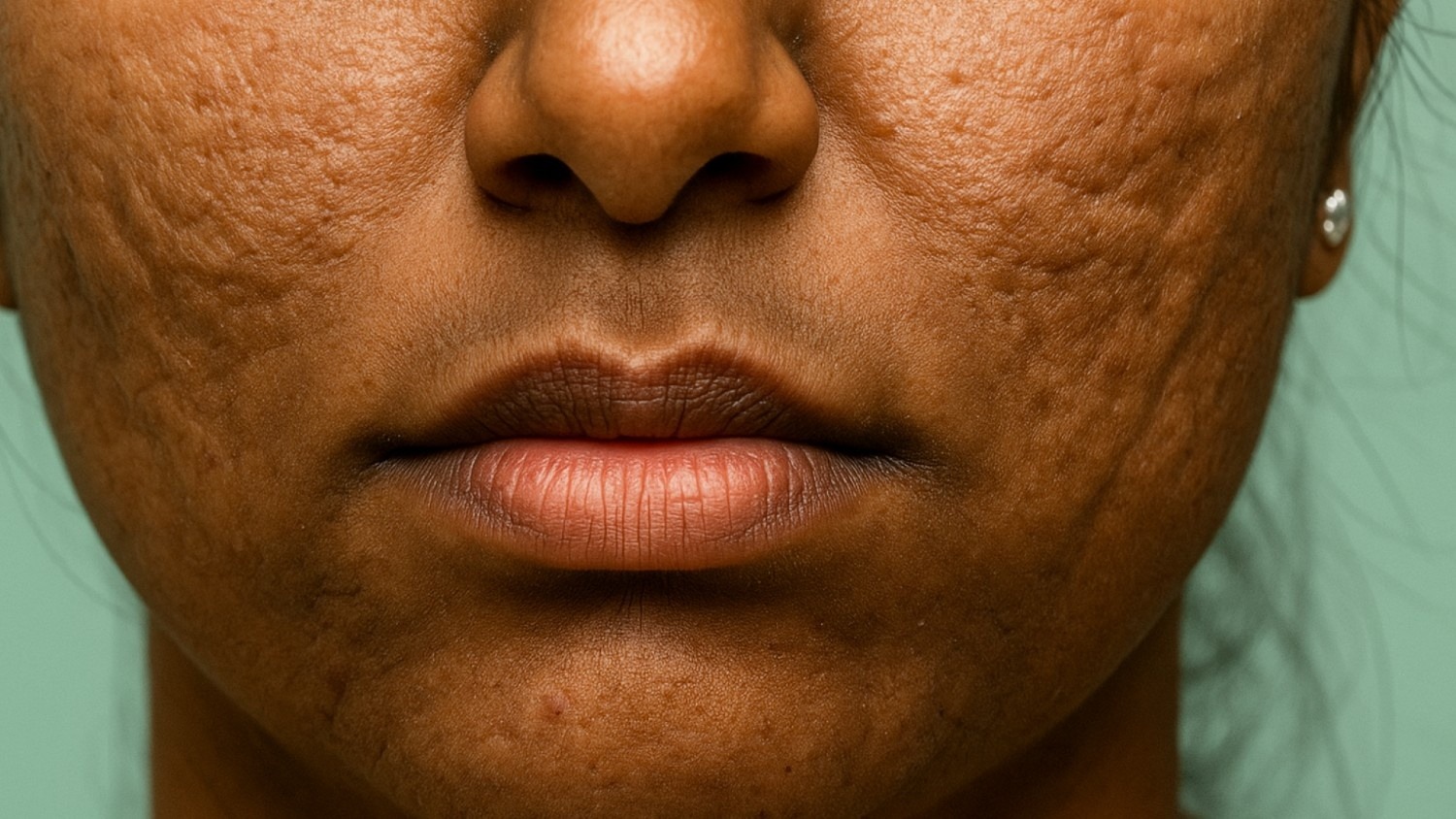
These scars look like round or oval depressions with sharply defined, almost vertical edges. They can be shallow or deep and are wider than ice pick scars.
- Treatment Response: Boxcar scars respond very well to microneedling. The wider surface area lets the needles stimulate collagen throughout the scar base effectively. When PRP is added, results improve even more as the growth factors enhance tissue rebuilding across the entire depressed area.
Many patients with boxcar scars experience improvements that blend the scars more effectively with the surrounding skin.
3. Rolling Scars

These create a wave-like or undulating appearance, with broad depressions and sloping edges. They form when fibrous bands develop between your skin surface and the tissue underneath, pulling the skin downward.
- Treatment Response: Rolling scars also show good improvement with microneedling treatment. The combination with PRP works particularly well here because the needling breaks up those tethering bands while PRP promotes new collagen that elevates the depressed areas.
The sloping edges of rolling scars mean that improvements often appear more natural, as the gradual elevation blends smoothly with your normal skin contour.
Setting Realistic Expectations
PRP and microneedling are proven treatments that can significantly improve the appearance of acne scars, particularly rolling and boxcar types. However, it’s important to approach these treatments with realistic expectations. While many patients see visible improvements, individual results can vary, and complete scar removal is rarely possible.
Some types of scars and skin conditions may require alternative or additional procedures to achieve optimal outcomes:
- Deep atrophic scars (such as ice pick scars) may need more advanced treatments like subcision, punch excision, or laser resurfacing for better results.
- Hypertrophic scars and keloids (raised scars formed from excess collagen) do not respond well to PRP or microneedling and typically need different management approaches.
- On average, patients can expect a 40% to 70% improvement in the appearance of scars over time with the combined treatment, although this does not result in complete erasure.
Results also depend on several personal factors:
- Skin type and tone, especially in those prone to pigmentation.
- Severity and depth of the scars.
- The body’s natural healing response and collagen production.
- Age, lifestyle, and overall skin health.
- Consistency with sun protection and aftercare.
Understanding these limitations allows you to make informed decisions and stay encouraged throughout the treatment process. However, be sure to consult with an experienced dermatologist, such as Dr Janani Sree C M at Velantis Dermatology, who can recommend a medically guided plan tailored to your specific needs for acne scars.
Number of Sessions and Treatment Duration
Achieving good results with PRP and microneedling isn't a one-time solution. It requires a series of treatments timed to work with your skin's natural healing cycle.
Typical Treatment Schedule
Most people require four to six treatment sessions for significant improvement in acne scars. These sessions are spaced three to four weeks apart, giving your skin adequate time to heal and produce new collagen between treatments.
Each session builds on what came before. The collagen production triggered by your first treatment continues for weeks, and your next session adds to that foundation. This cumulative approach creates progressively better results.
What to Expect During Each Visit
A typical appointment takes about 30 to 45 minutes and includes:
- Numbing cream application (30 minutes) – Applied before the procedure to minimise discomfort.
- Blood draw (5 minutes) – For PRP preparation, processed while numbing takes effect.
- Microneedling procedure (15-20 minutes) – The actual treatment.
- PRP application (immediate) – Applied right after microneedling for maximum absorption.
The efficient timing means you're not spending hours at the clinic, making it easier to fit into busy schedules.
When Will You See Results?

Understanding the timeline helps you stay patient through the process:
- 2-4 weeks after first session: You might notice some subtle improvements as initial inflammation settles and early collagen production begins. Your skin may look slightly smoother.
- After 3-4 sessions (8-12 weeks): This is when significant changes typically become visible. The cumulative collagen remodelling creates noticeable improvements in scar depth and skin texture.
- 3-6 months after the final session: Full results continue to develop long after your last treatment. Collagen remodelling is a gradual process that extends for several months, so the improvements you see at three months often look even better at six months.
Factors That Affect Your Timeline
Several things influence how many sessions you'll need:
- Scar severity – Deeper, more severe scarring generally requires more treatments.
- Scar type – Rolling and boxcar scars typically respond faster than ice pick scars.
- Your healing capacity – Age, overall health, and skin type affect collagen production speed.
- Treatment combination – PRP with microneedling typically needs fewer sessions than microneedling alone.
Your dermatologist will assess your progress after each session and adjust your treatment plan accordingly, ensuring you get the best results with the minimum necessary treatments.
Also Read: Dermatologist-Recommended Skin Care Tips and Routine
Safety and Possible Side Effects
Both treatments are considered safe when performed by qualified professionals using proper sterile technique. However, like any medical treatment, they come with potential side effects you should understand.
Common Side Effects (Expected and Temporary)
These effects are normal and typically resolve on their own:
- Redness and warmth: Your treated area will look sunburned for 24-72 hours. This peaks within the first day and gradually fades. It's your skin's natural inflammatory response to the micro-injuries.
- Mild swelling: Some puffiness is normal, especially in delicate areas like the under-eye area. This usually resolves within 48 hours.
- Pinpoint bleeding: Tiny spots of bleeding during treatment are expected and stop quickly. You won't need bandages.
- Skin tightness and tenderness: Your skin may feel tight or slightly sore for a few days, similar to the discomfort of mild sunburn.
- Light flaking or peeling: Around days three to five, you might notice some dry skin or flaking as your skin regenerates. This is a regular part of the healing process.
- Temporary bruising: Some individuals, particularly those prone to bruising or taking blood-thinning medications, may experience small bruises that fade within a week.
Rare Complications (Requiring Medical Attention)
While uncommon, these require prompt evaluation:
- Infection: Signs include increasing pain, warmth, swelling, or a pus-like discharge that occurs several days after treatment. This occurs when sterile technique is not followed properly or post-treatment care instructions are not followed.
- Post-inflammatory hyperpigmentation (PIH): The treated area develops darker pigmentation that persists for weeks or months. This risk is higher in people with darker skin who don't follow sun protection guidelines carefully.
- Scarring: In extremely rare cases, the treatment itself can cause scarring if performed too aggressively or if healing is compromised. This is why choosing an experienced dermatologist matters.
- Allergic reactions: While PRP rarely causes allergies (it's your own blood), reactions to topical products used during treatment can occur. Inform your doctor of any known allergies or sensitivities to products.
Special Considerations for Darker Skin Tones
Research indicates that combining subcision and microneedling is effective for Fitzpatrick Skin Types III, IV, and V, with no reported treatment failures. However, people with darker skin (Fitzpatrick types IV-VI) face increased PIH risk if precautions aren't taken.
Protective measures include:
- Strict sun protection with broad-spectrum SPF 30 or higher, applied daily.
- Avoid peak sun hours (10 AM to 4 PM) during the treatment course.
- Use physical sunscreens with zinc oxide or titanium dioxide.
- Wearing wide-brimmed hats when outdoors.
- Following any pre-treatment skin preparation, your dermatologist recommends.
Your dermatologist may prescribe specific products before and after treatment to minimise pigmentation risks, particularly if you have a history of PIH.
Post-Treatment Care
Understanding and following proper aftercare guidelines ensures the best results while minimising complications.
Immediate Post-Procedure Care (First 24 Hours)
The first day requires the most careful attention:
Cleansing:
- Use only lukewarm water for the first 24 hours.
- No cleansers or soaps during this period.
- Pat dry gently with a clean towel, don't rub.
Skin contact:
- Avoid touching your face unnecessarily.
- If you must touch treated areas, wash your hands thoroughly first.
- No makeup application at all.
Managing discomfort:
- Apply ice packs wrapped in a clean cloth for 10-15 minutes at a time.
- This reduces swelling and soothes any burning sensation.
- Repeat as needed throughout the day.
Activity restrictions:
- Stay completely out of direct sunlight.
- Avoid any exercise or activities that cause sweating.
- Skip hot showers, saunas, steam rooms, and hot yoga.
- No swimming pools, hot tubs, or natural bodies of water.
Days 2-7 (Post-Treatment)
After the first 24 hours, you can gradually resume more normal activities:
Gentle cleansing:
- Resume washing with a mild, fragrance-free cleanser.
- Use gentle patting motions, never scrubbing.
- Lukewarm water only, avoid hot water.
Moisturizing:
- Apply simple, fragrance-free moisturiser regularly.
- Hyaluronic acid serums work particularly well, providing deep hydration without irritation.
- Keep your skin well-hydrated to support healing.
Sun protection:
- Wear broad-spectrum SPF 30 or higher sunscreen daily.
- Physical sunscreens (zinc oxide or titanium dioxide) are often gentler on healing skin.
- Reapply every two hours when outdoors.
- Wear wide-brimmed hats and seek shade when possible.
What to avoid:
- All active skincare ingredients (retinoids, vitamin C, acids) for at least one week.
- Swimming in pools, hot tubs, lakes, or oceans.
- Facials, peels, waxing, or any other facial treatments for a minimum of two weeks.
- Picking, scratching, or exfoliating the treated area.
Long-Term Aftercare
Even after visible healing completes, protecting your investment matters:
- Daily sun protection: UV exposure can counteract the benefits of your treatment and increase the risk of pigmentation. Make SPF application a non-negotiable part of your daily routine.
- Proper hydration: Drink plenty of water and use moisturisers suited to your skin type. Hydrated skin heals more effectively and maintains its results longer.
- Following dermatologist recommendations: Your doctor may suggest specific serums or creams that support collagen production during the weeks following treatment. Using these as directed optimises your results.
Also Read: Dermatologist-Recommended Diet for Clearer Skin
Availability of PRP vs Microneedling for Acne Scars in Chennai
Chennai offers numerous options for PRP and microneedling treatments, but not all clinics maintain the same standards of care, equipment quality, or medical expertise. Finding the right provider has a significant impact on both your safety and results.
What to Look For in a Provider
- Qualified medical professionals: Your treatment should be performed by an MD Dermatologist with specific training in these procedures. Avoid clinics where aestheticians or non-medical staff perform treatments.
- Experience with Indian skin types: Providers experienced with the diverse skin tones common in India understand how to minimise post-inflammatory hyperpigmentation risks.
The Consultation Process
A thorough initial consultation reveals a lot about a clinic's approach:

- Detailed scar examination: Your provider should closely examine your scars under good lighting.
- Medical history review: Discussion of health conditions, medications, and previous treatments.
- Realistic outcome discussion: Honest explanation of what these treatments can and cannot achieve.
- Personalised treatment planning: A plan tailored to your specific scar types and severity.
- Clear cost transparency: Upfront discussion of fees with no hidden charges.
Be cautious of providers who promise unrealistic results, push aggressive treatment packages without proper assessment, or create pressure to start immediately without time to consider your options.
Evidence-Based Care for Acne Scars at Velantis Dermatology
For those seeking comprehensive acne scar treatment in Chennai, Velantis Dermatology combines medical expertise with a patient-centred approach that prioritises your long-term skin health.
What makes Velantis different:
Founded by Dr Janani Sree C M, an MD Dermatologist from Sri Ramachandra Medical College, Velantis operates on a foundation of ethical practice and clinical integrity. Unlike beauty spas or aesthetics centres that prioritise quick cosmetic fixes, Velantis focuses on genuine medical treatment backed by scientific evidence.
Dermatologist-led treatments: Every procedure at Velantis is performed by Dr Janani herself, not technicians or non-medical staff. This ensures consistent medical expertise and proper oversight throughout your treatment. You're receiving actual dermatological treatment, not cosmetic procedures that mimic medical care.
Comprehensive acne scar management includes:
- Detailed evaluation of your scar types, severity, and individual skin characteristics
- Professional-grade PRP preparation using reliable centrifugation systems for optimal platelet concentration
- Medical-grade microneedling equipment with precise depth control for different scar types
- Strategic combination of PRP with microneedling based on clinical research, not trends
- Regular progress monitoring with treatment adjustments as needed
- Honest communication about realistic expectations for your specific condition
- Strict sterile protocols and careful monitoring are essential for darker skin tones at higher PIH risk.
Velantis serves patients throughout Chennai's southern areas, offering accessible, ethical dermatological care without the sales-driven atmosphere common in many cosmetic clinics.
Conclusion
Choosing between PRP and microneedling depends on your unique skin concerns, scar type, and how aggressively you want to pursue results. While both treatments can deliver visible improvements, the best outcomes often come from a personalised approach guided by medical expertise.
That’s why consulting a qualified dermatologist like Dr Janani Sree C M is essential. At Velantis Dermatology, treatments are tailored to your skin’s needs using evidence-based protocols and FDA-approved technology, ensuring safety, precision, and long-lasting scar improvement.
Book your appointment today to start your journey towards healthier skin, with care designed specifically for you.
FAQ’s
1. Is microneedling safe for pregnancy?
Microneedling is generally not recommended during pregnancy due to changes in skin sensitivity and potential infection risk. Consult a healthcare provider before any cosmetic or skin procedure while pregnant.
2. Does microneedling age you faster?
Microneedling does not accelerate ageing. It stimulates collagen production, which can improve skin texture. Results depend on procedure quality, frequency, and proper aftercare rather than causing premature ageing.
3. How many sessions of microneedling with PRP for acne scars?
Most individuals require four to six sessions spaced three to four weeks apart. The exact number varies depending on scar type, severity, and individual skin response.
4. What is the best age to start microneedling?
Microneedling can be considered once the skin has matured, usually after late teens or early twenties, and when acne scars or texture issues are present.
5. Can microneedling PRP treat acne scars?
Microneedling combined with PRP supports skin healing and collagen production. It can improve the appearance of certain acne scars, particularly rolling and boxcar types, with gradual results over multiple sessions.
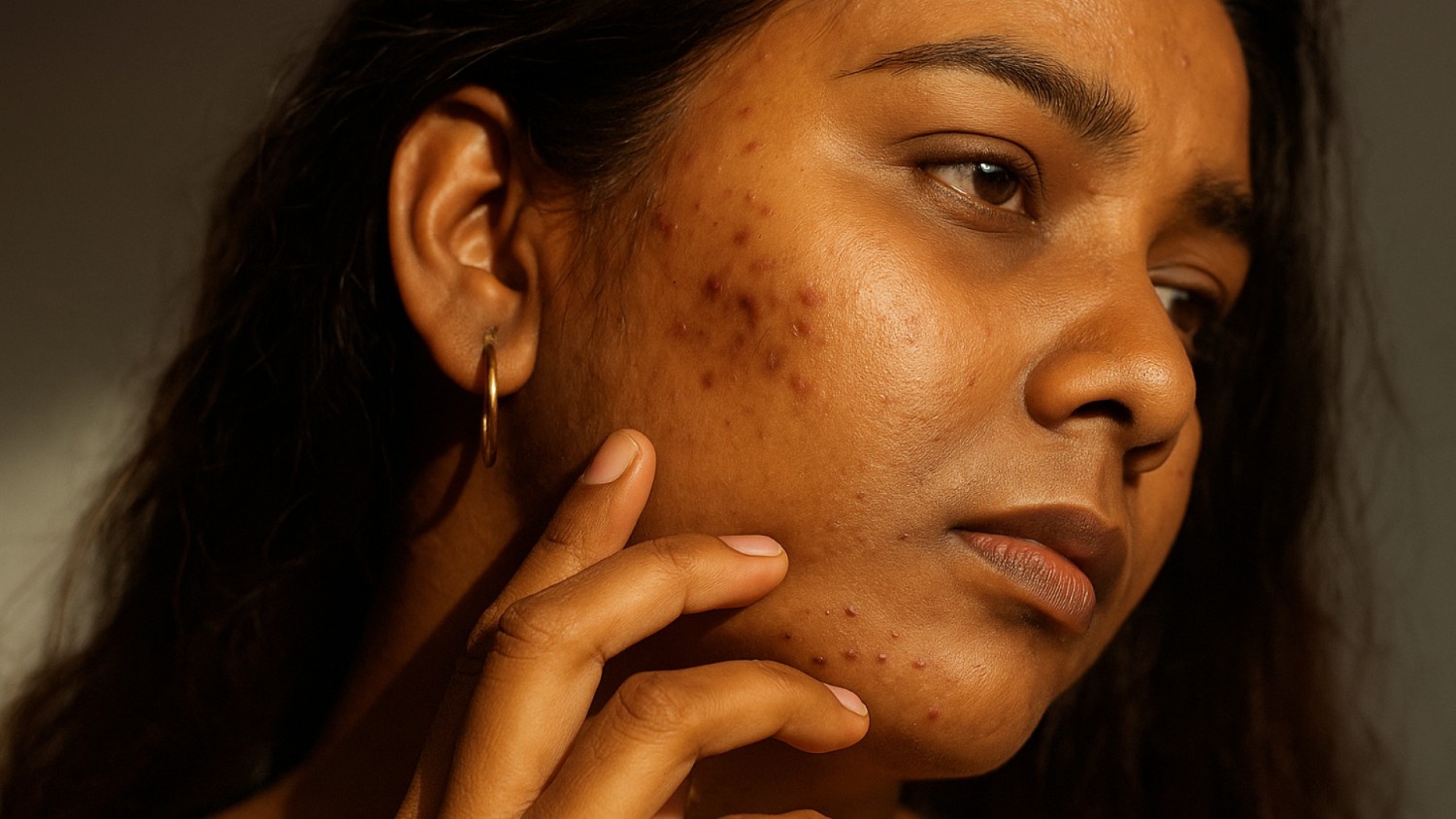

.png)
